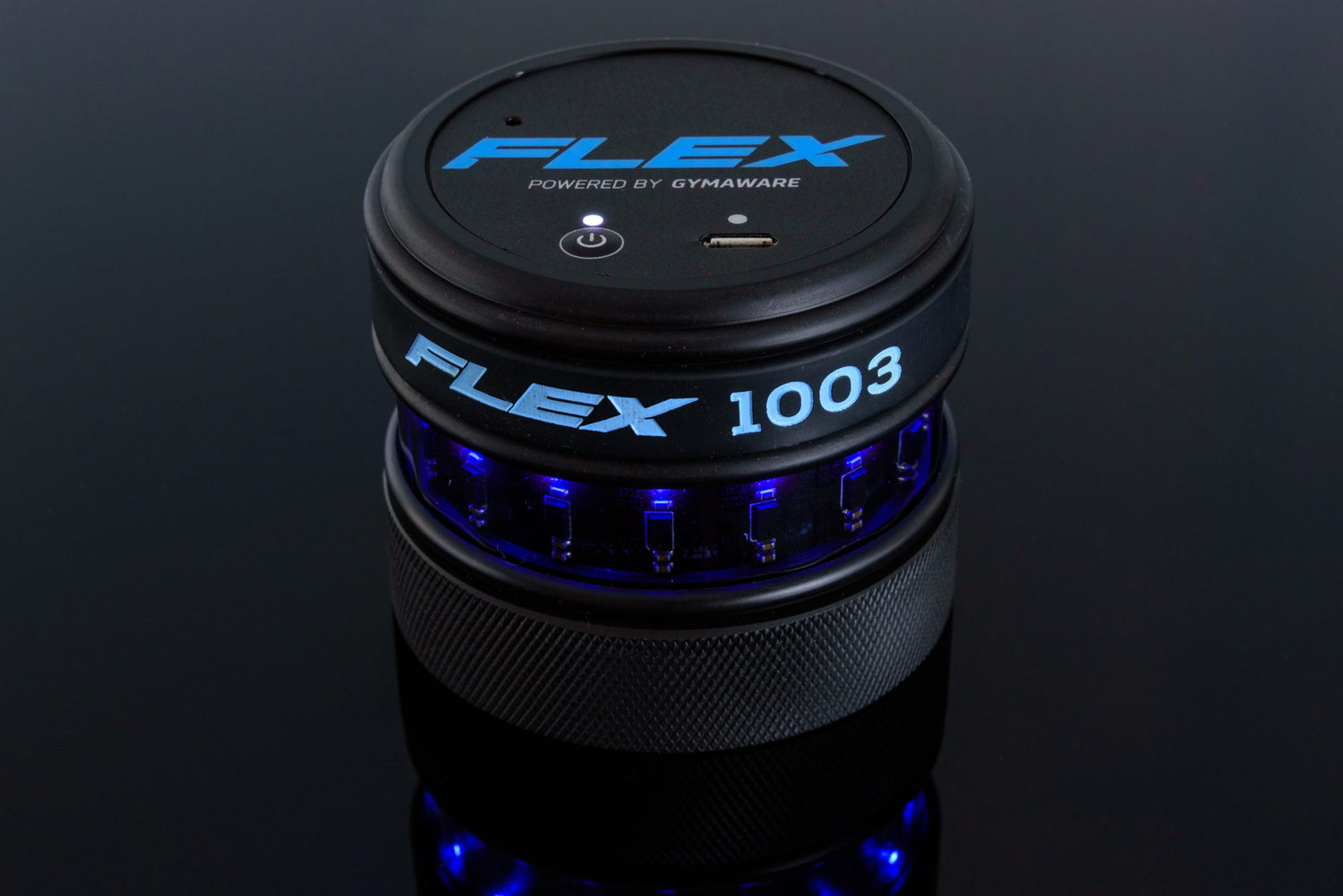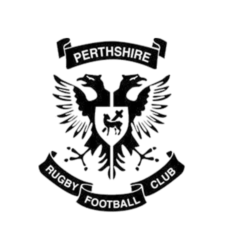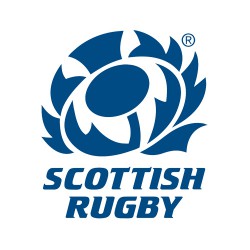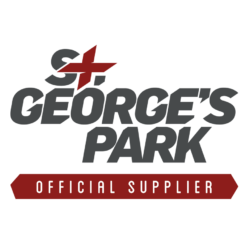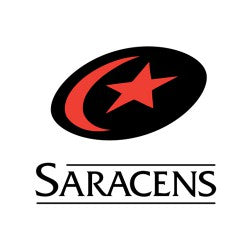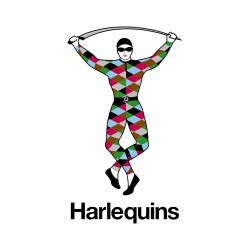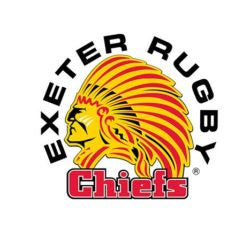Over the years, there has been a shift in how performance programmes run for athletes and elite sporting teams. This is thanks to technological developments in sports science equipment, and what data measurements are available. With this additional data, it has allowed coaches and teams to prepare their athletes to perform at an elite level, with lower risk of injury.
The evolution within sports science technology, provides coaches with a range of new systems to capture, test, and monitor data. This gives them the power to make objective decisions on how best to improve an athlete’s performance, as opposed to going by ‘intuition’ or ‘guesswork’. By having the objective data, this allows coaches to make more informed decisions on how best to tailor individual athlete’s performance programmes.
Here are 3 sports science products that have been demonstrated to aid practitioners and coaches in developing a high performance programme using data.

Xsens Motion Capture Systems
The Xsens systems are the gold standard for kinematic analysis within sporting applications.
The small, portable motion capture system and its kinematic analysis capabilities, allows for a more in depth understanding of each athlete’s movements, from the smallest of muscle twitches to high dynamic movements. This data identifies variations in form, which can help in creating training plans for increased performance or determine potential injuries before they happen.
The Xsens MVN Awinda is a wireless system that is portable and allows you to track athletes in their own environment using lab-quality precision. It uses 17 wireless sensors that are fitted on the body with adjustable straps, allowing for fast, easy, and reliable motion capture.
The Xsens MVN Link is a completely wired, high-performance system. It uses 17 trackers that are fitted on the body using a Lycra suit, allowing for a bigger recording range. A feature known as ‘On Body Recording’ (OBR), allows for data collection without the need of a laptop or computer, making for the perfect portable system.
Xsens systems offer lab-quality motion capture in field conditions and tailors both the hardware and software of the MVN systems to ensure real-time, reliable and accurate human motion analysis. With the MVN Reports, Wports-specific reports are available and allow you to carry out your analysis within a few minutes.
The proven MVN Analyze Biomechanical Model and sensor fusion algorithms ensure the highest quality motion analysis, even in challenging magnetically disturbed environments.
This tool is perfect for identifying exactly what needs to be addressed in their techniques, to unlock the athletes maximum potential. Checking current data with previous acquisitions is great for identifying progress in an athlete’s performance.
Here are some studies, where the Xsens MVN played a role in identifying such changes.
The UK Sport Institute (formely EIS) used Xsens, to help their pursuit for Olympic medal success. With a team of performance innovation specialists that consult across the 38 Olympic sports that range from British track cycling to disability table tennis and beyond. Their research and applied approach covers a variety of processes, each tailored towards the development of an athlete’s specific skill or technique.
“Xsens gives us the ability to analyse data and instantly put it into a digestible format, which is much more productive than just writing reports all the time” explains Sanders. “Given that the capture process is now so quick and far easier with Xsens, we have the ability to spend time actually working with coaches in the communication of this data – essentially landing the message where it is most required. That means a better, more efficient support mechanism!”
Liam Sanders
Technical Lead, UK Sports Institute

GymAware
The GymAware VBT tools, monitor lift progression with laser accuracy, tracking the data from each phase of the lift. With immediate feedback on every rep and set, including velocity and power, you can make more informed decisions and optimise your athlete’s training. The GymAware systems include The RS Unit and the FLEX Unit.
The GymAware RS was designed and built by engineers with over 20 years of experience in developing sports technology for elite sports. It has been designed from the ground up as a tool for measuring performance in the gym. The RS unit is a small, portable, and accurate linear encoder which attaches to free weights bars and weight stack machines,
Whereas, the FLEX magnetically attaches to the end of a barbell collar. It measures lift performance with laser accuracy and gives powerful real-time feedback through your smart device.
Using the GymAware teams app, collect and store all lifting data as well as monitor athlete’s performance in real-time, It also allows for fostering healthy competition between athletes, with the leaderboard capabilities. Have a real-time performance leaderboard, with each individual athlete’s data being shown to help to drive intent when lifting.
This data is invaluable for helping coaches in determining the athlete’s performance, as well as creating a personalised plan to help them improve their performance.
Data that GymAware tracks includes:
- Mean and peak velocity
- Mean and peak power
- Depth of movement
- Bar path
The GymAware VBT capabilities are proven to positively impact athletes training. See below for research that has been undertaken using the GymAware.
“This study examined the reproducibility of GymAware, PUSH2 and Vmaxpro velocity monitoring devices during resistance training (RT). Overall, GymAware was the most reliable and sensitive device for detecting the smallest changes in RT performance, regardless of the velocity metric used.” (Jukic, I., King, A., Sousa, C.A., Prnjak, K. and McGuigan, M.R., 2022. Velocity-based approach to resistance training: the reproducibility and sensitivity of commercially available velocity monitoring technologies.)
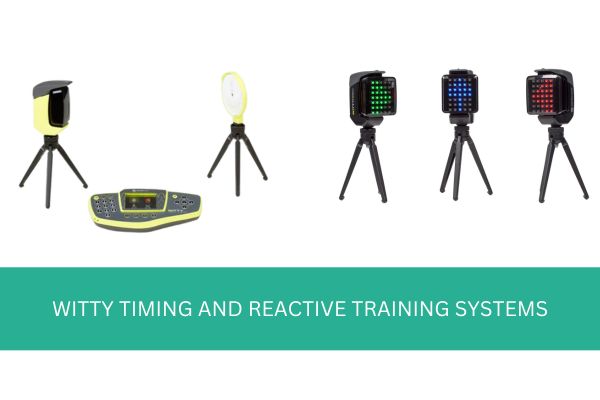
Witty Timing and Reactive Training Systems
Microgate provides innovative solutions when it comes to performance measurement systems, including their Witty Timing System and Witty SEM Reactive and Cognitive Training System.
They are highly accurate and reliable systems for determining an athlete's speed, agility and reaction times. This is important within a testing battery as it lends itself to many sports where these attributes are a key determinant of success.
The Witty Timing System’s compact size, ergonomic shape, and innovative design makes this system practical and easy-to-use. Due to the integrated transmission system, which has a range of 150 metres, the photocells are highly reliable. Redundant radio transmission ensures that the data acquired is transmitted to the timer with the maximum precision (±0.4 thousandths of a second) even if the signal is disturbed. It is also possible to use the Witty System with dual photocells, i.e. one on top of the other, so that only the simultaneous interruption of both photocells generates a signal. This system ensures that the photocells are interrupted by the chest and not by the athlete’s leading arm.
Witty SEM is a cognitive reactive training system made up of individual photocells boasting a 6 x 5 LED matrix. These cells are capable of projecting any number, letter or directional arrow in an array of colours allowing the user to pre-define or randomise testing protocols to incorporate reaction, agility and cognitive strategy. The device incorporates several brain training modules, which allow the user to enhance key cognitive processes such as brain speed, pattern identification and decision-making capabilities.
Both systems have data to help influence decisions on athlete’s performance programmes. The data the can be obtained from these systems include:
- Sprint Times
- Reaction Times
- Agility Performance
- Attention Analysis
- Brain Speed Analysis
- Intelligence Analysis
All data is stored within the Witty Manager Software, this is a PC software for Microsoft Windows (XP Sp3, Vista, Win7, Win8), that allows for a centralised platform to manage your athletes’, export your data and produce performance reports.
This technology has been previously considered as a reference tool in the measurement of distances and time (Buchheit et al., 2014) and is the recommended technology to register accurate and reliable short sprint results in scientific research (Haugen and Buchheit, 2016). (Colino, E., Garcia-Unanue, J., Sanchez-Sanchez, J., Calvo-Monera, J., Leon, M., Carvalho, M.J., Gallardo, L., Felipe, J.L. and Navandar, A. (2019). Validity and reliability of a commercially available indoor tracking system to assess distance and time in court-based sports. Frontiers in psychology, 10, p.2076.)
Conclusion
The enhancement in sports science and the data and technology have played a key role in improving individual’s and team’s performance both on and off the field. We know the more data that you can analyse, the more physical capabilities that can be improved.
The three systems above are just a small range of what is available, each showcases great examples of how the technology has impacted the growth of performance and the data that is available.
Want to know more on any of the systems above, or know more on any of our sports science range. Contact us today to discuss all your data needs with our in-house Sports Scientist.
